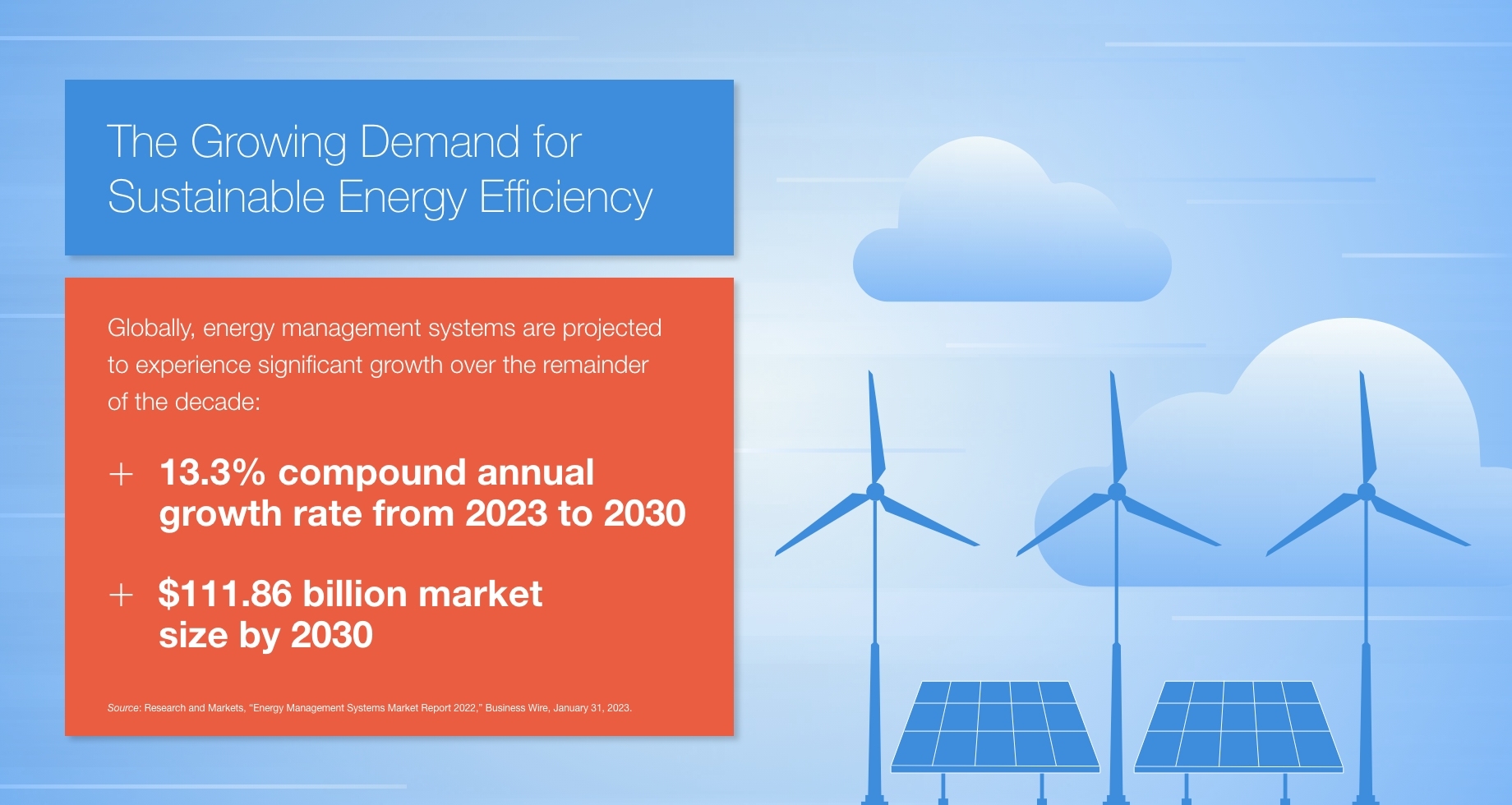Industry Trends
Brand Strategy
At Wray Ward, we’re committed to keeping our finger on the pulse of the home and building category. That’s why we recently traveled to Anaheim, California, to attend the 2023 Pacific Coast Builders Conference. Each year, PCBC brings together thousands of builders, developers, architects and manufacturers to share and discover innovations and trends in the building industry.
As we explored the event and talked with exhibitors and attendees, the role of sustainability and home energy management systems in residential construction came up as a recurring topic. Given that the event is hosted in California — the United States’ largest solar market — it wasn’t surprising to see companies exhibiting different technologies that help make clean, renewable energy more accessible and affordable.
What we found noteworthy was the breadth of the technology, the speed at which it is evolving and the growth potential within the residential housing market.
Based on what we heard and saw at PCBC, this new and exciting technology will help homebuilders and homeowners shift energy consumption habits and create a more sustainable world. However, any new tech can lead to questions from those unfamiliar with it, specifically on the benefits and reasons for including an energy management system as part of a home’s energy strategy.
Here’s a primer to get started.
What is a home energy management system?
A home energy management system employs smart technology to give occupants the ability to control and optimize energy usage within their homes. It can also integrate solar, energy storage and electric vehicle charging by monitoring and allocating a home’s energy resources.
While smart-home technologies have grown in popularity, residential energy management systems remain somewhat in the shadows for the average homeowner.
But that is expected to change significantly over the coming years. The global energy management systems market is projected to experience a compound annual growth rate of more than 13% between now and 2030, when it will reach an estimated market size of nearly $112 billion.



